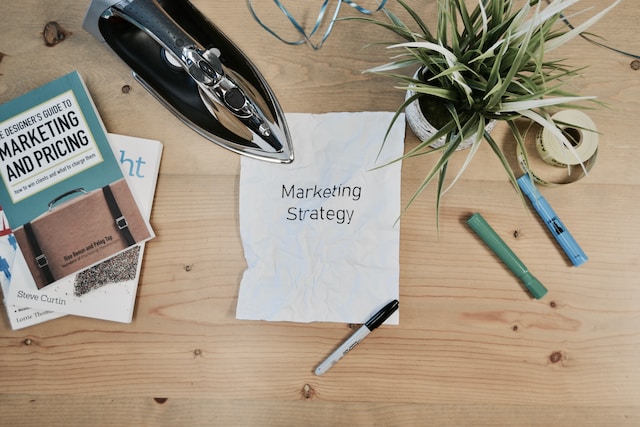In the average consumer’s journey from “just looking” to purchasing, they’re sure to have a variety of questions, queries that must be addressed by the company hoping to make a sale. Structuring your marketing funnel in a certain way is a proactive step, answering these questions before they’re asked and assuring a smooth buying process on the customer’s end (and less headache on yours).
In simple terms, the marketing funnel can be described in three initial stages. The first stage works to grab the consumer’s attention, using visuals, information, and video to help them see why they should be interested in your product or service. The second stage involves providing more information so the consumer can make an informed decision. The third stage is the cherry on top, relying on things like client testimonials to give your product that final push.
Read on to explore these stages further:
Top of the Funnel Content
The funnel starts by attracting the attention of a consumer. The best content for this includes how-to guides, infographics, video tutorials, success stories, quizzes, and webinars. You can measure the success of your content by reviewing analytics that include the number of visitors to your site, the time they spend on your page, the conversion rate, and social shares.
The most efficient channels for lead generation at the top of the funnel include organic search, social media marketing, email marketing, paid advertising, and content syndication.
Middle of the Funnel Content
In the middle of the funnel, how-to guides, product overviews, case studies, landing pages, customer reviews, and more can be used to generate leads, while success stories, product overviews, product manuals, industry studies, etc. can be used to nurture them. Organic search, email marketing, social media marketing, and paid advertising all help in drawing customers.
The analytics to take note of during this part of the funnel include conversion rate, number of visitors, time on page, bounce rate, comments, and number of payments.
Bottom of the Funnel Content
At the bottom of the funnel, the best content to rely on includes product overviews, customer reviews, and success stories. This content is best shared through email marketing, organic search, and paid advertising. The most important analytics in this stage are conversion rate, number of payments, and return on marketing investment (ROMI).
A solid sales funnel is a vital piece of any marketing plan. It can keep the process flowing freely from first contact to purchase and beyond. Need some guidance on marketing funnels or anything else? Give us a shout and we’ll be happy to help.
The post Building an Effective Content Marketing Funnel appeared first on SunnySide Social Media.

